I'm trying to use the google translate API via VBA (works in python so far), and I found that the only difference between the python request and the VBA one is on the header "accept-encoding", the python one uses the "application/gzip" and works, but the VBA one is automatically changed to "gzip,deflate" even if I change it through code. Here is the code:
Function Test_GoogleTranslate()
Dim strTranslate As String
Dim objRequest As Object
Dim strUrl As String
Dim blnAsync As Boolean
Dim strResponse As String
Dim strWeather As String
Dim payload As String
Set objRequest = CreateObject("MSXML2.XMLHTTP")
payload = "target=es&q=something&source=en"
strTranslate = "https://google-translate1.p.rapidapi.com/language/translate/v2"
strTranslate = strTranslate & "?" & payload
With objRequest
.Open "POST", strTranslate, True
.setRequestHeader "host", "google-translate1.p.rapidapi.com"
.setRequestHeader "x-forwarded-port", "443"
.setRequestHeader "x-forwarded-proto", "https"
.setRequestHeader "connection", "keep-alive"
.setRequestHeader "content-type", "application/x-www-form-urlencoded"
.setRequestHeader "accept-encoding", "application/gzip"
.setRequestHeader "x-rapidapi-host", "google-translate1.p.rapidapi.com"
.setRequestHeader "x-rapidapi-key", "856e8ba78dmsh443766612c5a923p14f661jsn72323e803261"
.Send
While objRequest.readyState <> 4
DoEvents
Wend
strResponse = .ResponseText
End With
MsgBox (strResponse)
End Function
When I changed the accept-encoding to "gzip, deflate" in python it crashed, so I figured that might be the problem. Any help is greatly appreciated
